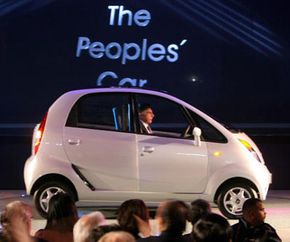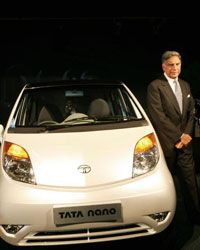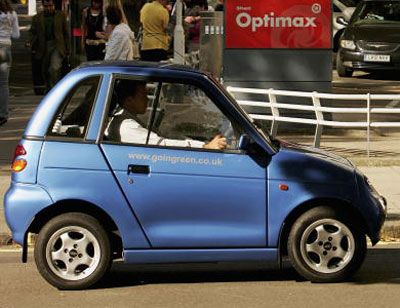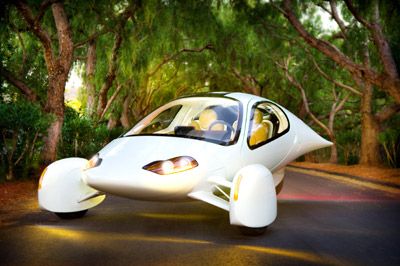Most people spend years paying off their car loans. Many new cars cost tens of thousands of dollars, and interest rates can make financing a car expensive. But what if you could purchase a brand new car for about the same as just six months' rent? And by the way -- have you ever thought about moving to India?
Advertisement
One of the most anticipated cars of 2008 also turns out to be the cheapest car in the world. At only $2,500 before taxes, auto manufacturer Tata Motors' Nano will come to the streets of India by fall 2008. Ratan Tata, the chairman of the company that brought the tiny car to life, refers to the Nano as the "People's Car," and he wants to give those who might not be able to afford a new car the chance to take advantage of mobility. The company is marketing the affordable car to India's lower middle class, who only make about $200 a month [source: Time].
Tata looks to accomplish the same thing Nicholas Negroponte did with the $100 laptop. By offering one of today's ubiquitous pieces of technology at a low price, Tata hopes to give everyone a fair chance at making a living, regardless of a person's economic background. But just like the laptop, the Nano is already receiving a fair deal of criticism. India already makes 1.3 million cars per year, and Business Week expects that number to grow 12 percent annually [source: Business Week]. With roads already suffering from excessive traffic congestion and pollution in cities contributing to global warming, the idea of more cars throughout India makes some people skeptical.
How fast will the Nano go? What kinds of emission standards does the vehicle meet? What did Tatan Motors do to offer the car for such a low price? If it's so cheap, will it be safer than the G-Wiz? Read the next page to find out.
Advertisement




